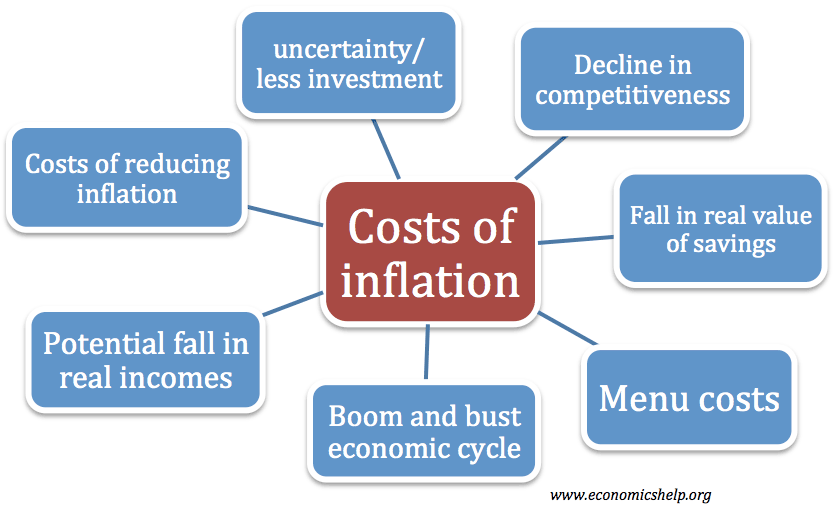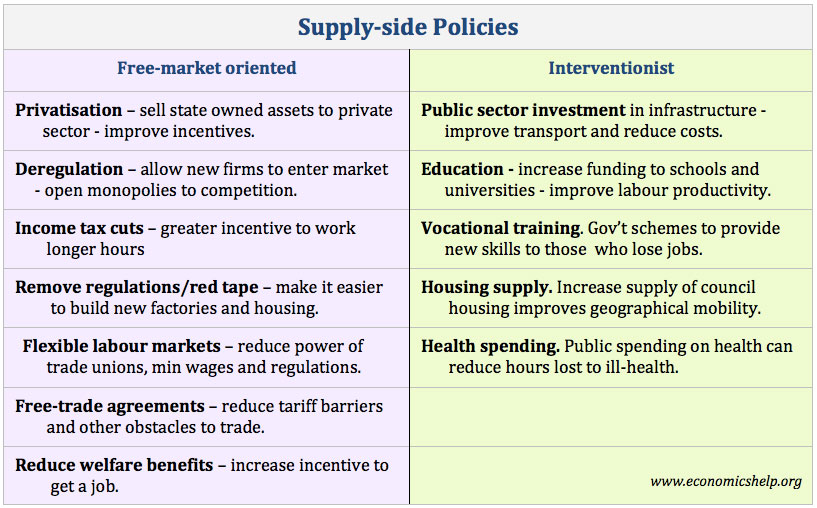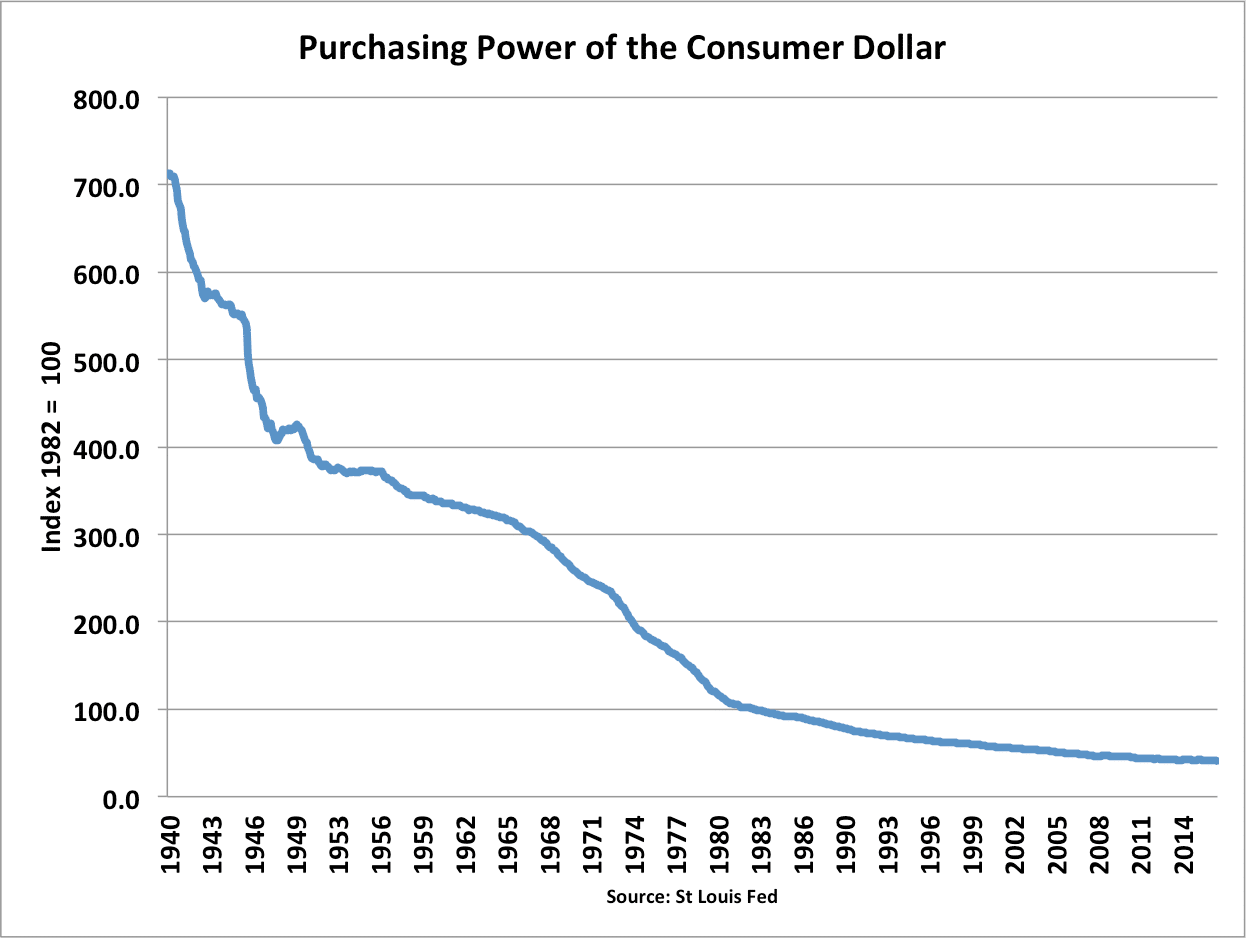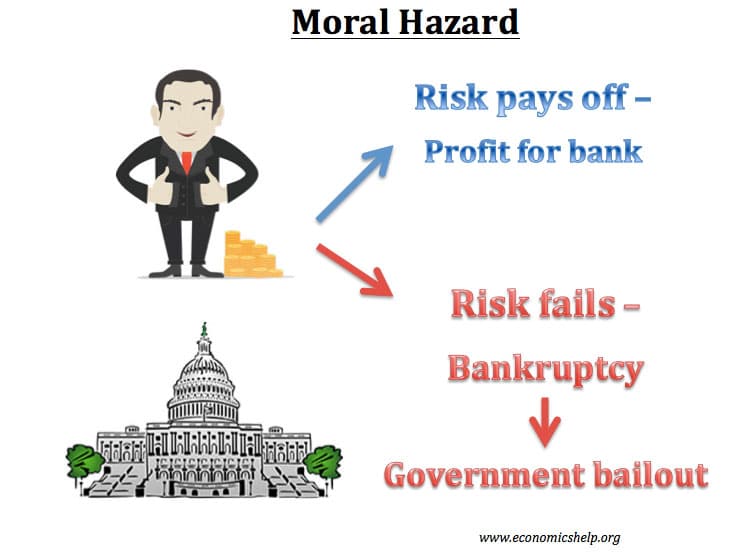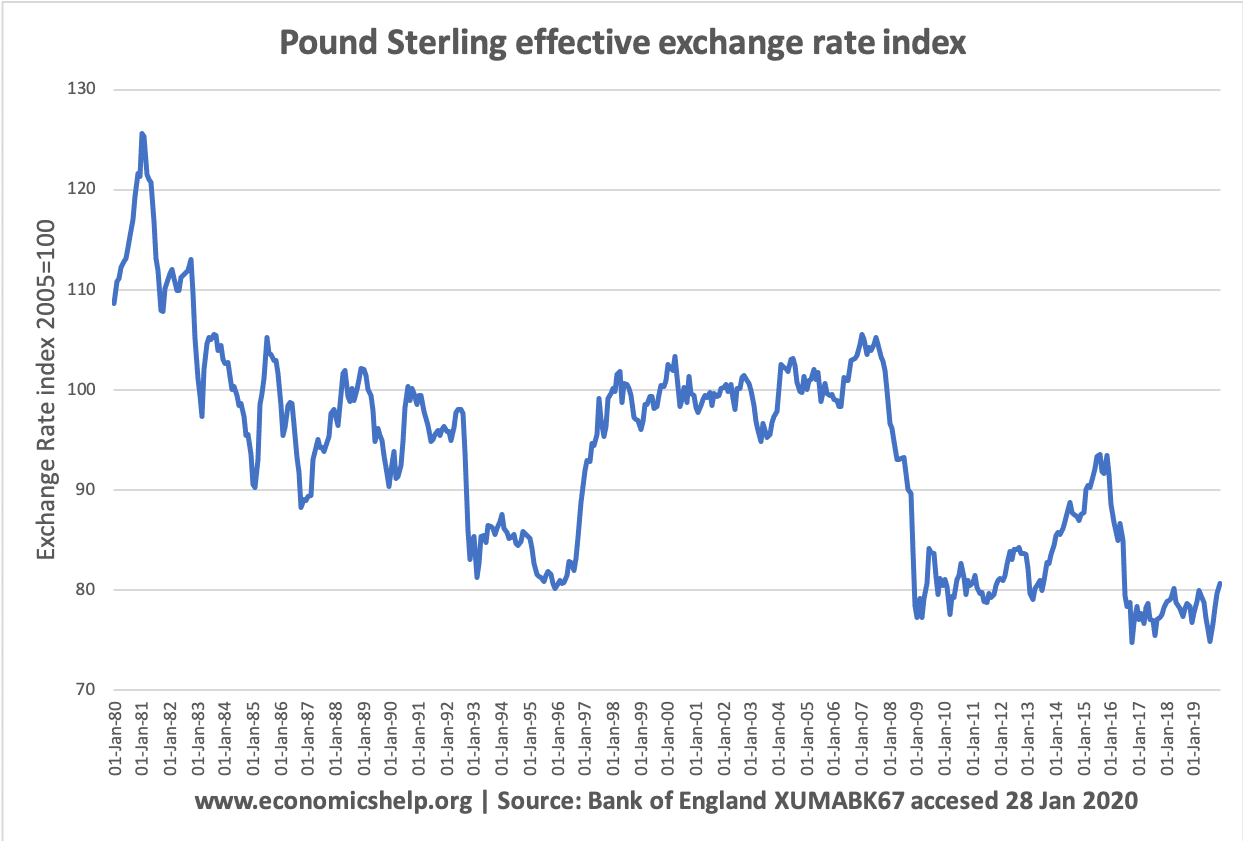New trade theory (NTT) suggests that a critical factor in determining international patterns of trade are the very substantial economies of scale and network effects that can occur in key industries.
These economies of scale and network effects can be so significant that they outweigh the more traditional theory of comparative advantage. In some industries, two countries may have no discernible differences in opportunity cost at a particular point in time. But, if one country specialises in a particular industry then it may gain economies of scale and other network benefits from its specialisation.
Another element of new trade theory is that firms who have the advantage of being an early entrant can become a dominant firm in the market. This is because the first firms gain substantial economies of scale meaning that new firms can’t compete against the incumbent firms. This means that in these global industries with very large economies of scale, there is likely to be limited competition, with the market dominated by early firms who entered, leading to a form of monopolistic competition.
Monopolistic competition is an important element of New Trade Theory, it suggests that firms are often competing on branding, quality and not just simple price. It explains why countries can both export and import designer clothes.
This means that the most lucrative industries are often dominated in capital-intensive countries, who were the first to develop these industries. Therefore, being the first firm to reach industrial maturity gives a very strong competitive advantage. (some may say unfair advantage)
New trade theory also becomes a factor in explaining the growth of globalisation.

